At 18:30 on October 27, 2019, the Golden Autumn Dance Competition was successfully held in WHU. As one of the best-known and largest-scale events, the competition attracted top dancers across the campus and 23 departments in total to perform their shows this year. Invigorating dances, with personalized expression of music and stage effects, made the night unforgettable for the audience.
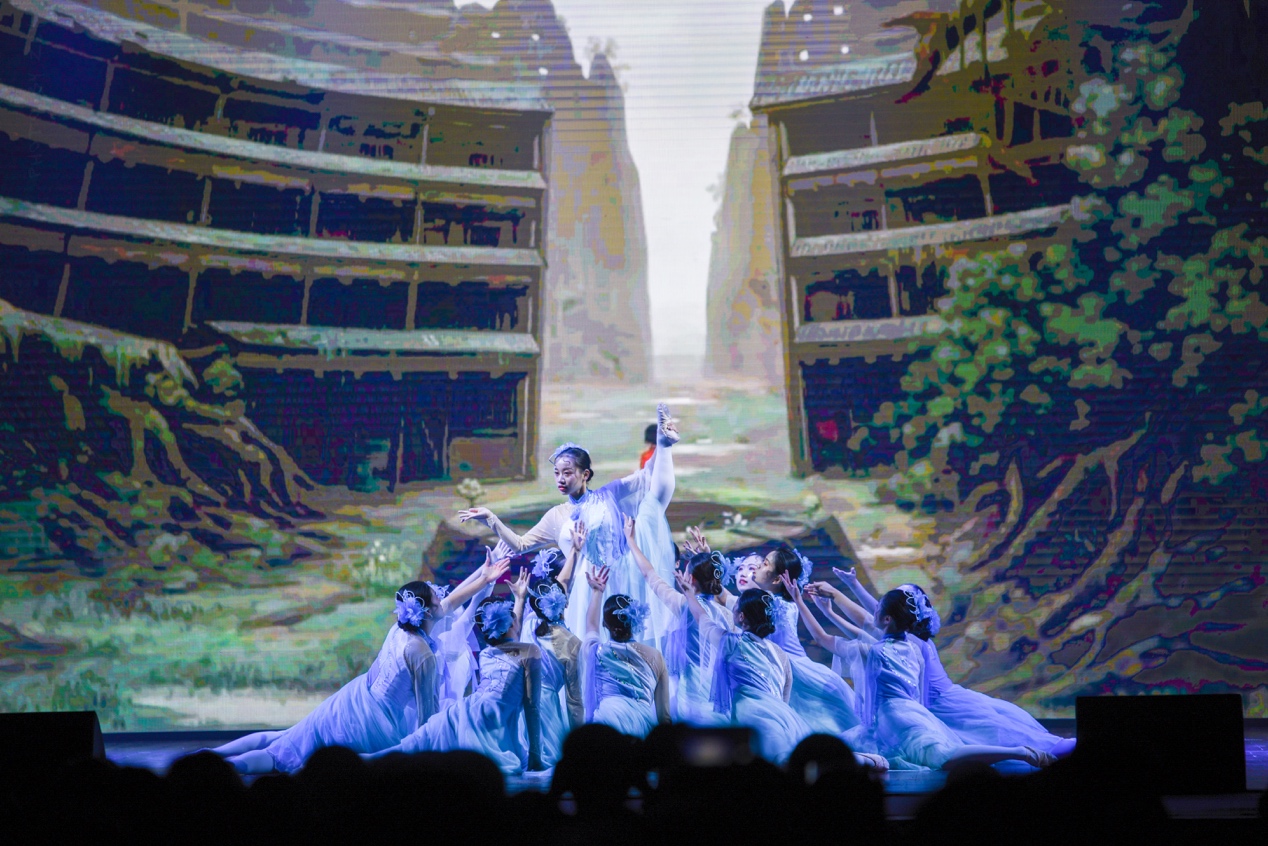
Big Fish & Begonia
By School of Resource and Environmental Sciences
Dancers in blue imitate fish swimming in the ocean, a metaphor of passing time. The idea originated from the Chinese movie Big Fish & Begonia, illustrating beautiful images in traditional Chinese myths.
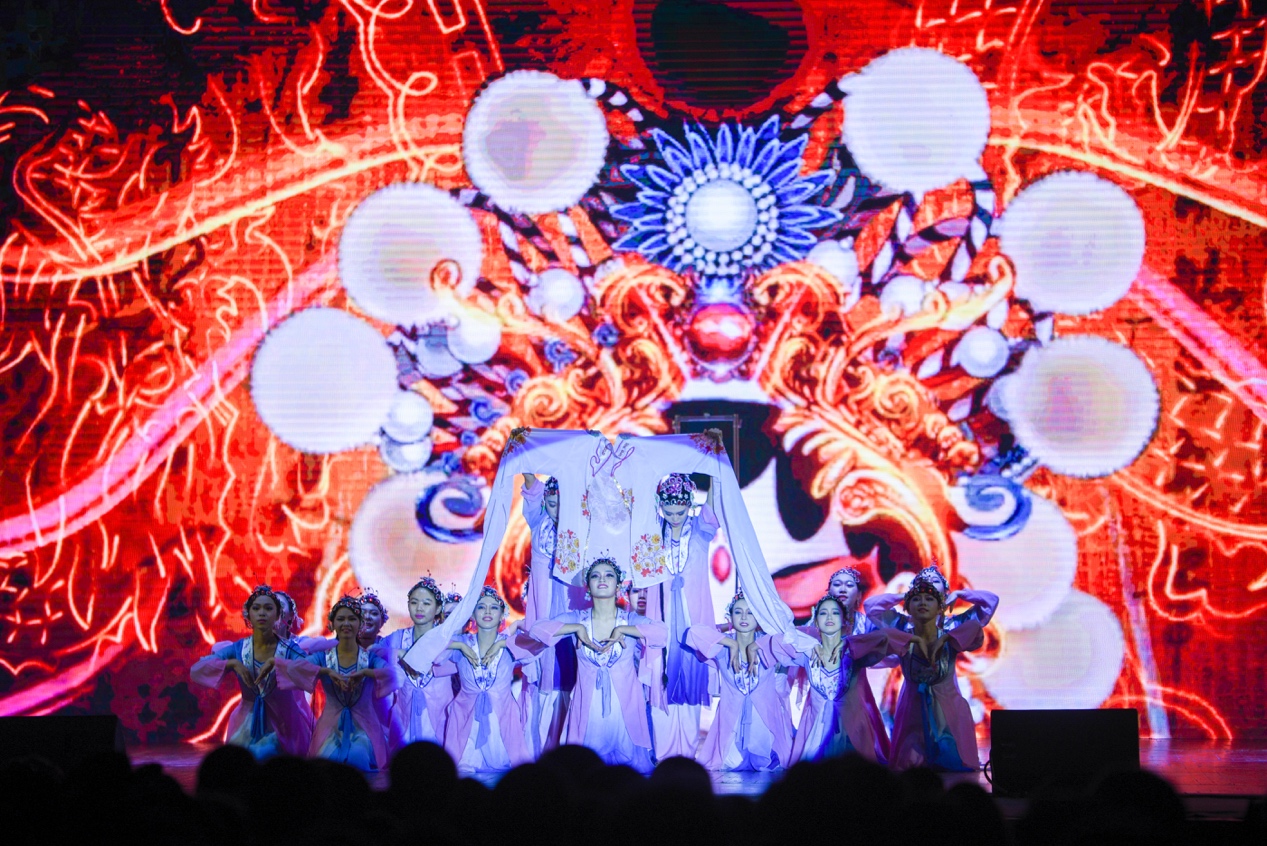
Tsing Yi
By School of Stomatology
“Tsing Yi” refers to female roles in traditional Chinese opera, where dancers shake long sleeves to express themselves. Students in traditional opera costumes added opera elements in the dance, which showed respect to traditional Chinese opera .
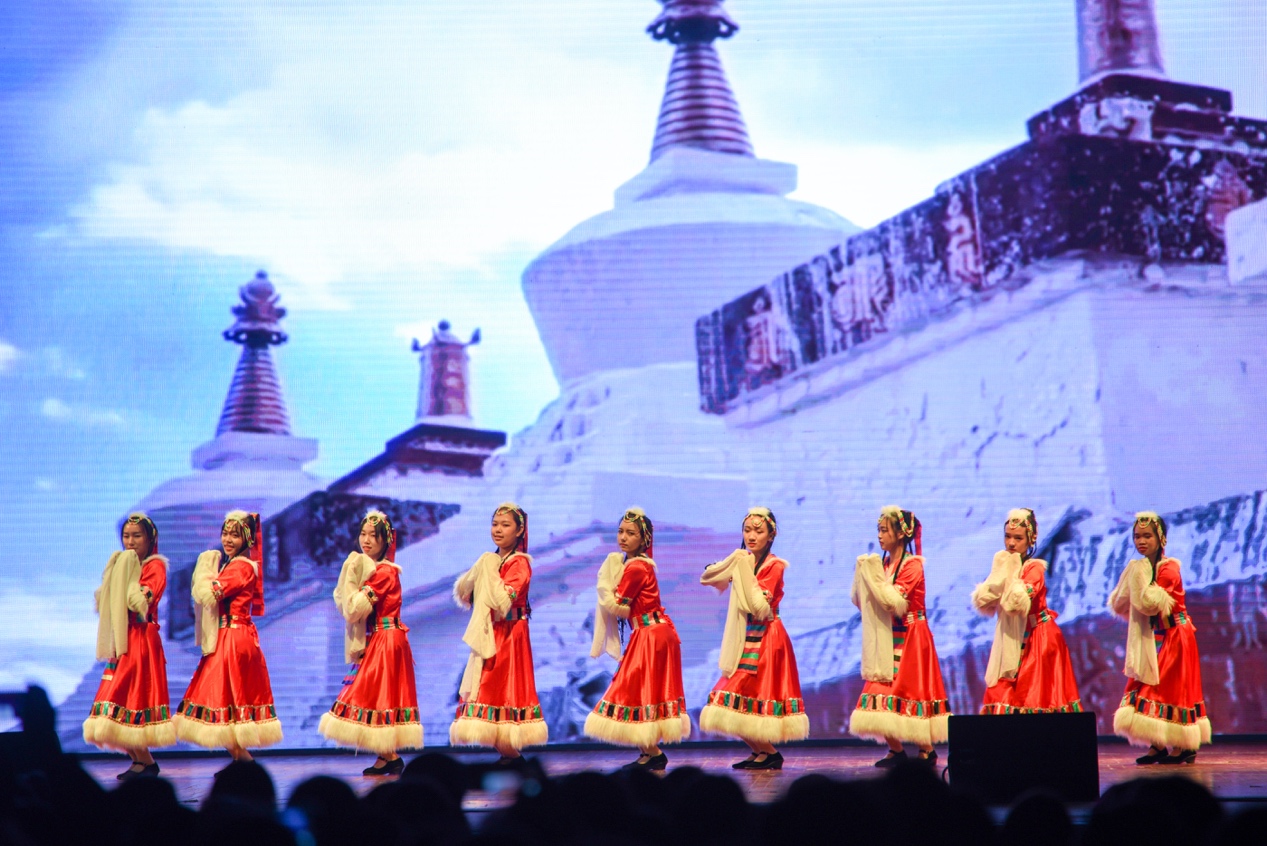
Tashi Delek
By School of Electronic Information
In Tibet, everyone greets each other by saying "tashi delek". The Tibetan-style dance showed the customs of Tibetans living on the Qinghai-Tibet Plateau and expressed their love for the nation and life.

Memory
By College of Chemistry and Molecular Sciences & School of Urban Design
Memory presented modern Chinese history when civilians and soldiers fought together for freedom. It strengthened our awareness to memorize those who had sacrificed themselves for the nation, encouraging people of today to work harder for a better life.
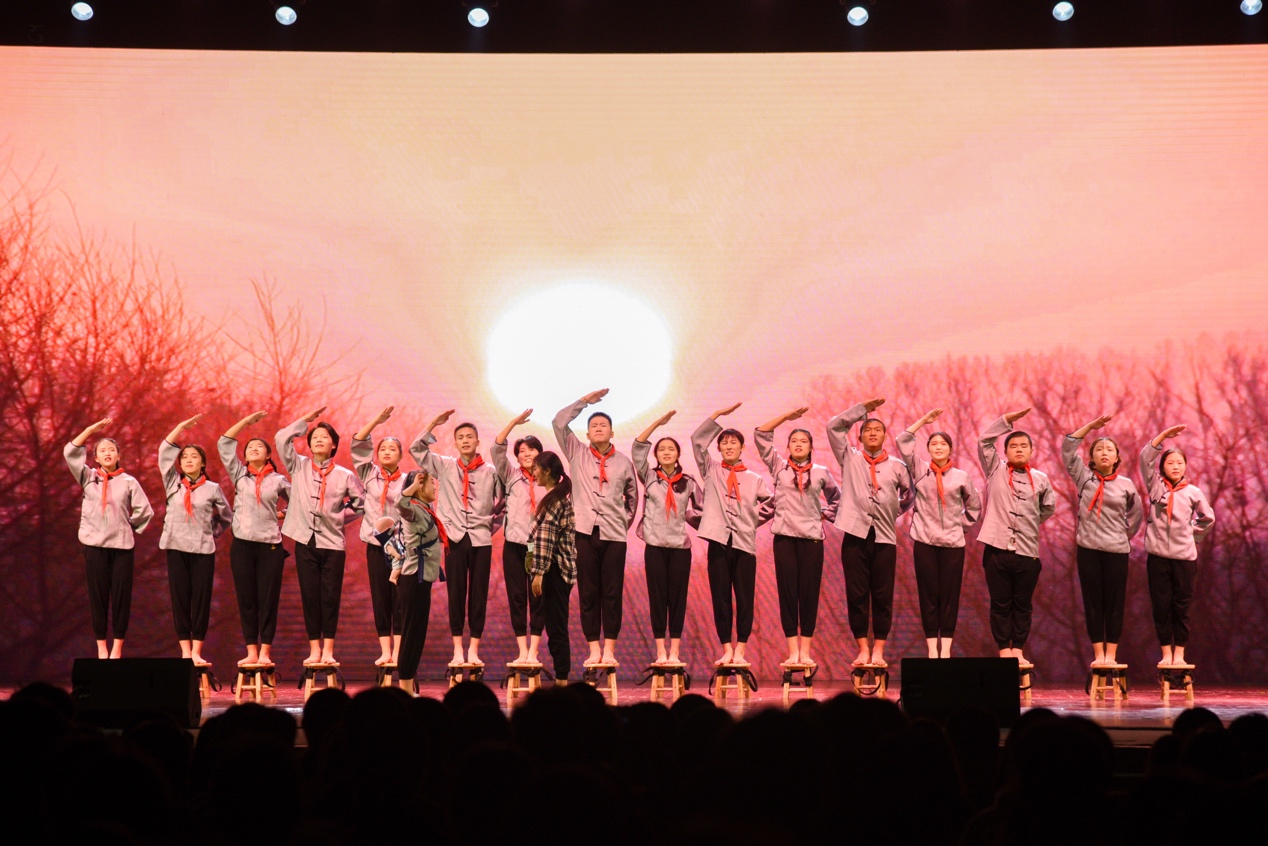
We Are Family
By College of Life Science
The piece told a story between a teacher and her students in remote mountainous areas, where poor students changed their life thanks to education. We Are Family saluted to tens of thousands of teachers who dedicated themselves to education in underdeveloped regions.
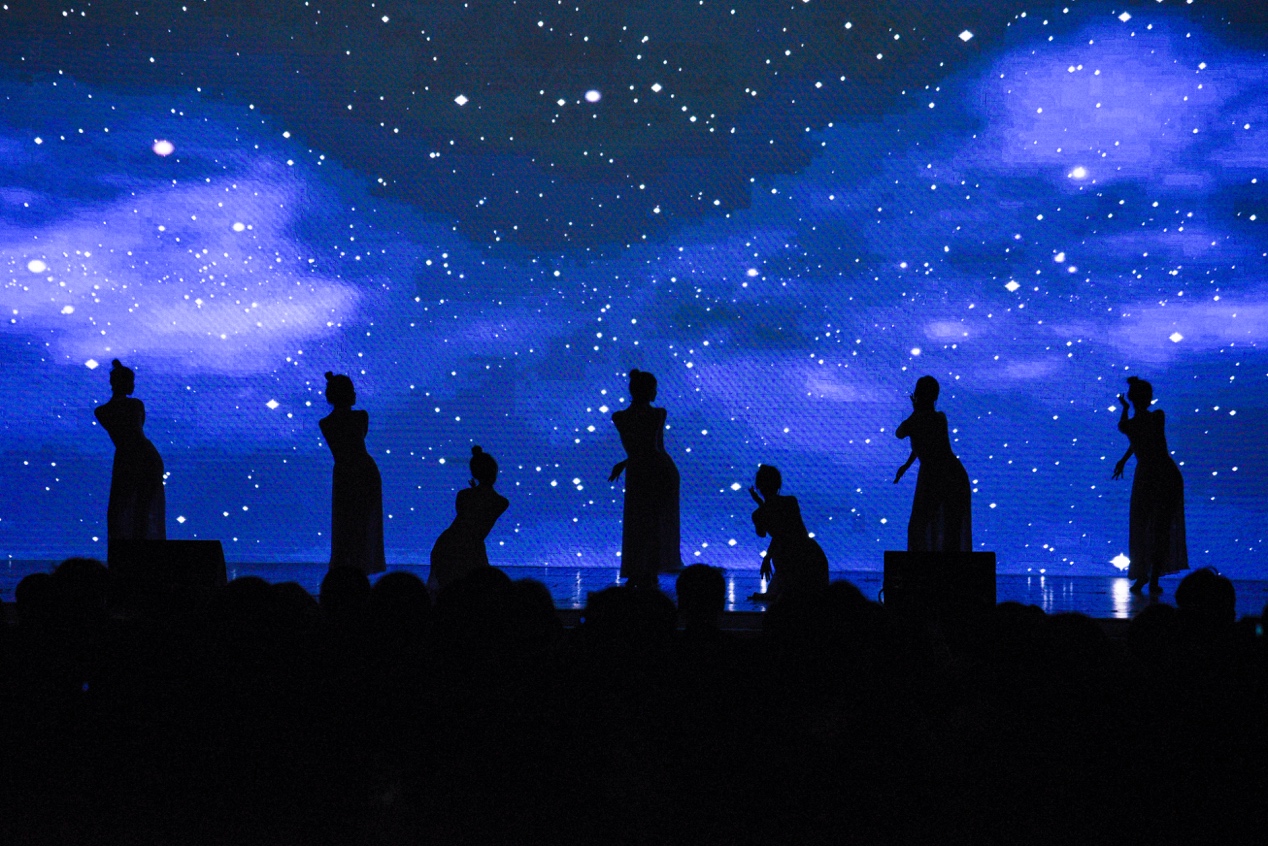
Listen to The Sea
By College of Chinese Language and Literature
Accompanied by smooth piano music, a group of “elves” in white gauze danced on the stage. With the artificial mist, dancers moved their bodies like waves, fully demonstrating the beauty and vastness of the sea.
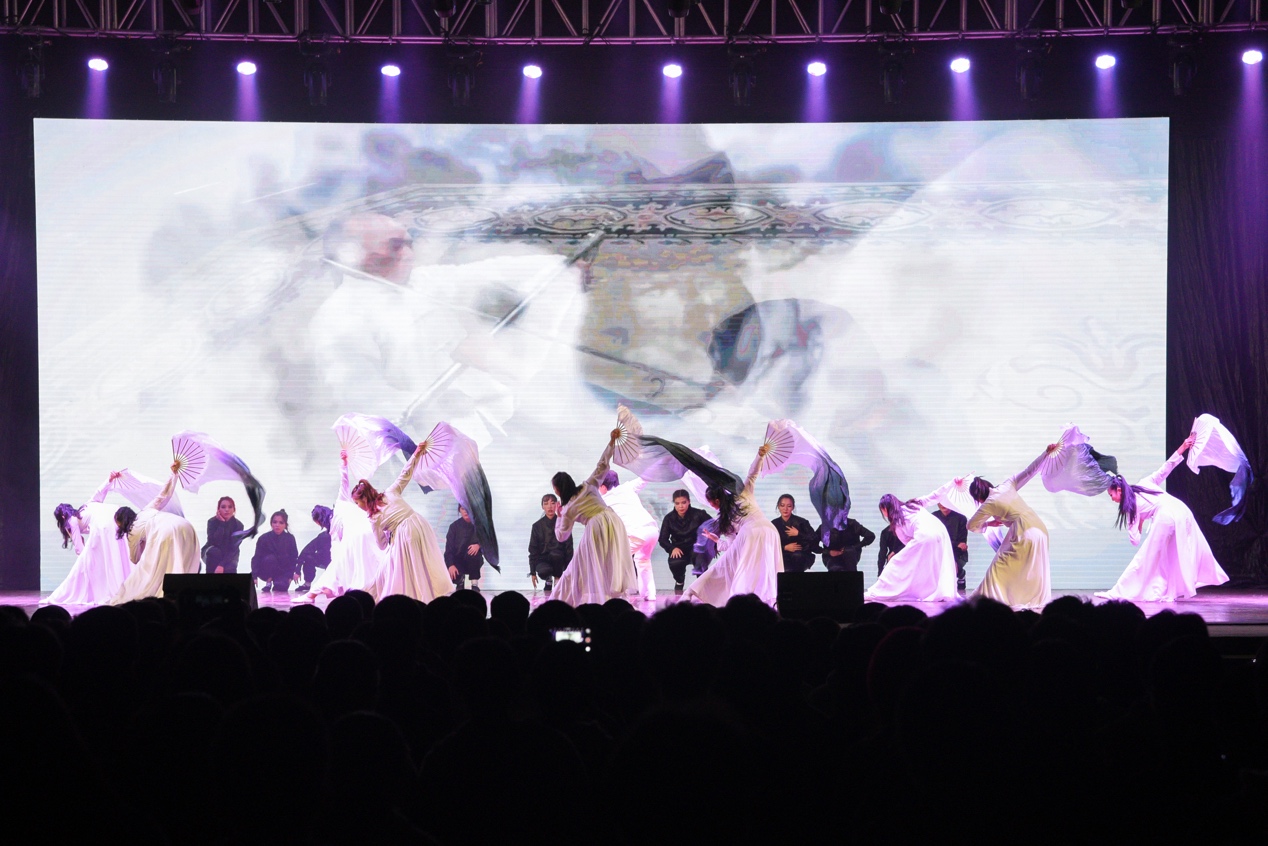
Huo Yuanjia
By Scholl of Basic Medical Sciences
Huo Yuanjia, a famous patriot who mastered martial arts in the late Qing Dynasty, was regarded as a national hero due to his viewpoint that “Strong martial defense safeguards a nation” and according practices. The work integrated the style of traditional Chinese martial arts to memorize Huo Yuanjia and praise his patriotism.
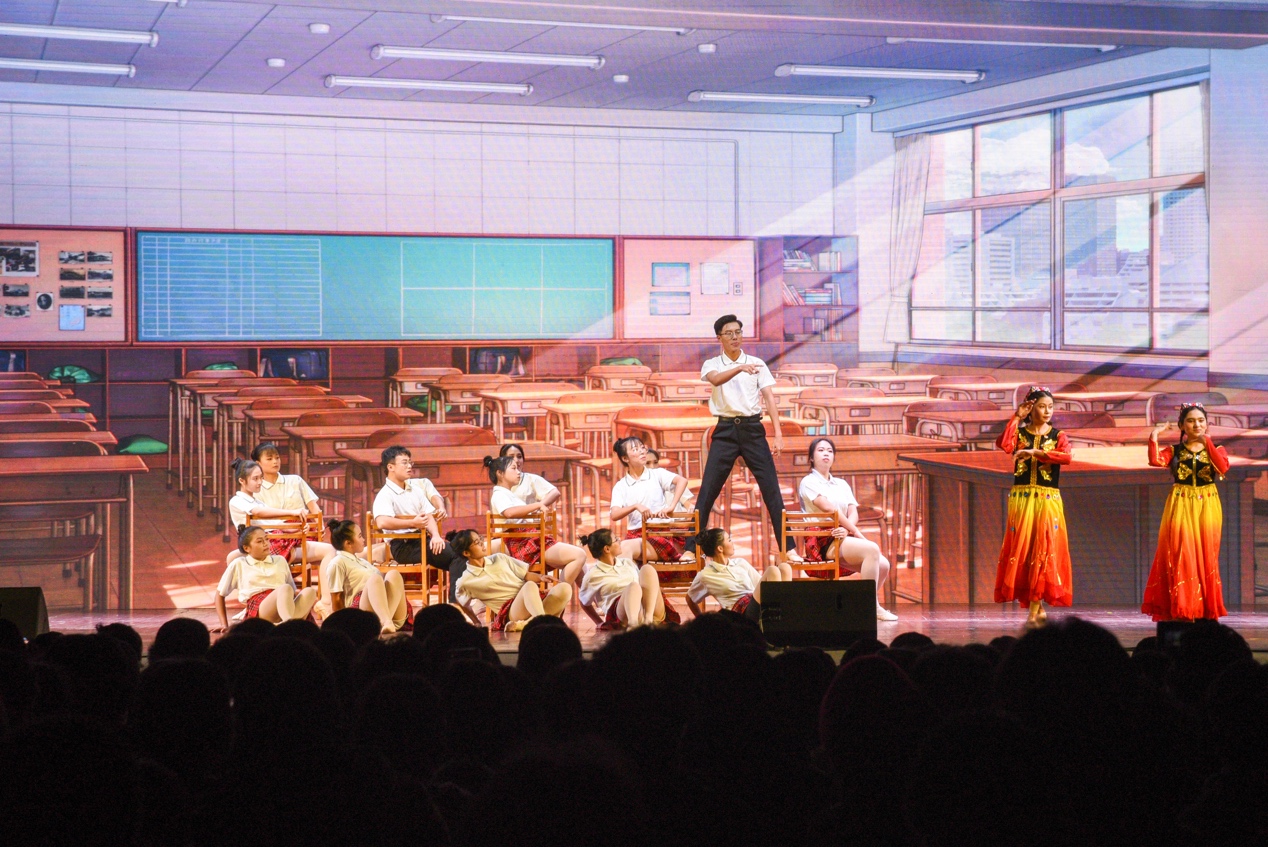
Nice to Meet You, New Friends!
By School of Pharmaceutical Sciences
The work sketched WHUers’ first day here when everything is new to them. Freshmen greeted their teachers and classmates with excitement. Students of China’s ethnic minorities also shared their traditional dance. The first day in WHU is absolutely the lifelong memory for them.
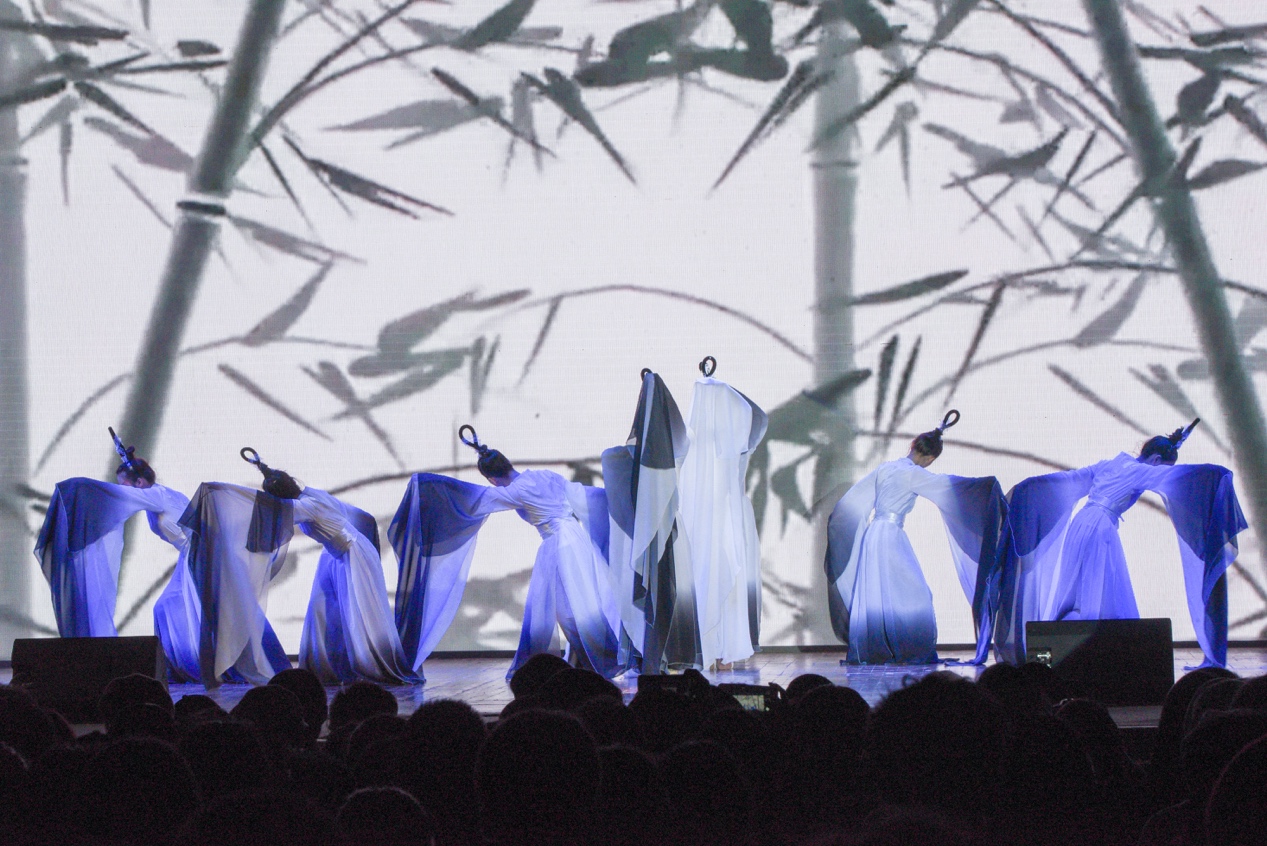
Baizhu Dance: in the Waterside
By School of Geodesy and Geomatics
“Baizhu” refers to white silk. The Baizhu Dance was originated in the Three Kingdoms Period when women weaved cotton cloths in Wu Kingdom (Now South China). Baizhu Dance became popular in later dynasties and gained popularity among the aristocracy. Baizhu Dance: In the Waterside showed the ancient dance in a classical style.
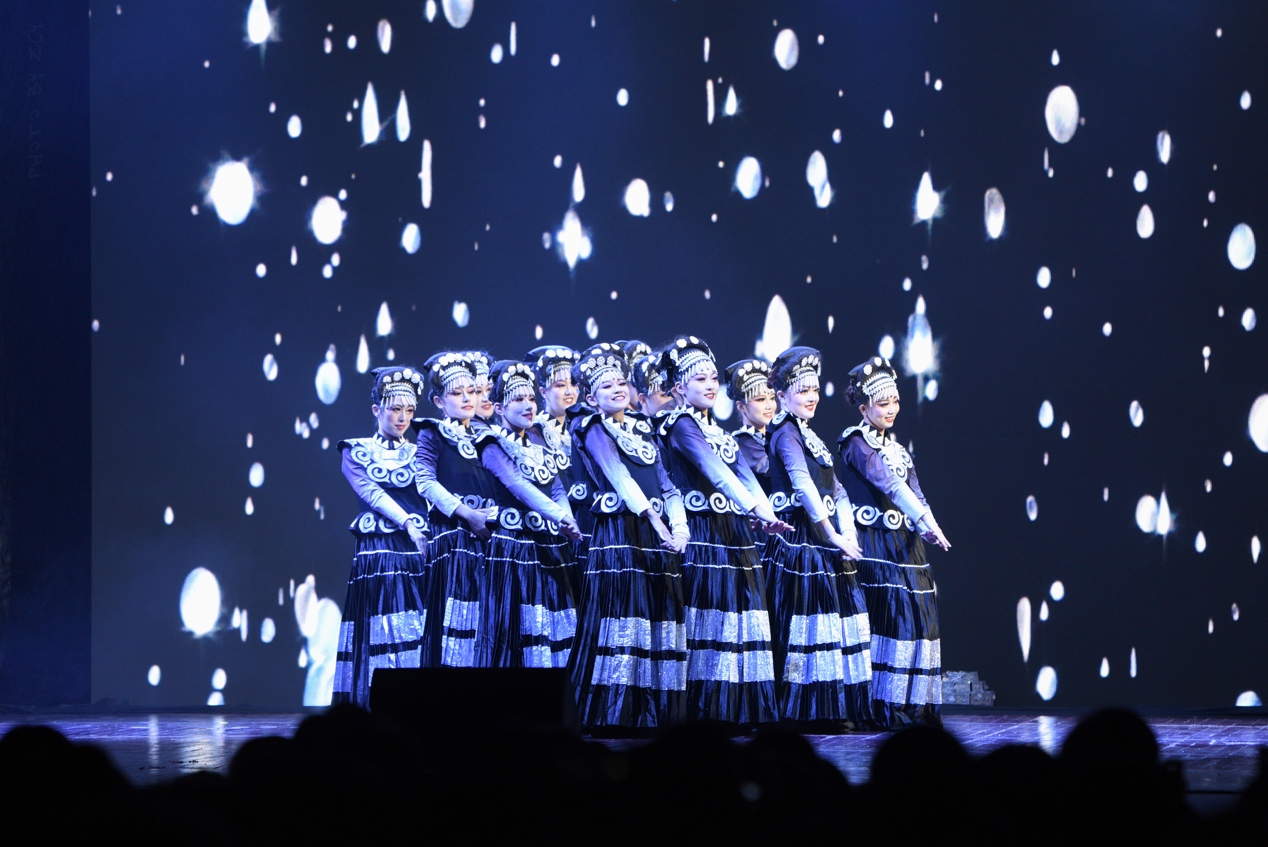
Craftsmanship in Silver
By School of Journalism and Communication
Craftsmanship in Silver told the story of silversmith Yi who dedicated all his time to make the best silverware, acclaiming craftsmanship and people of China’s ethnic minorities who created many treasures to the nation.
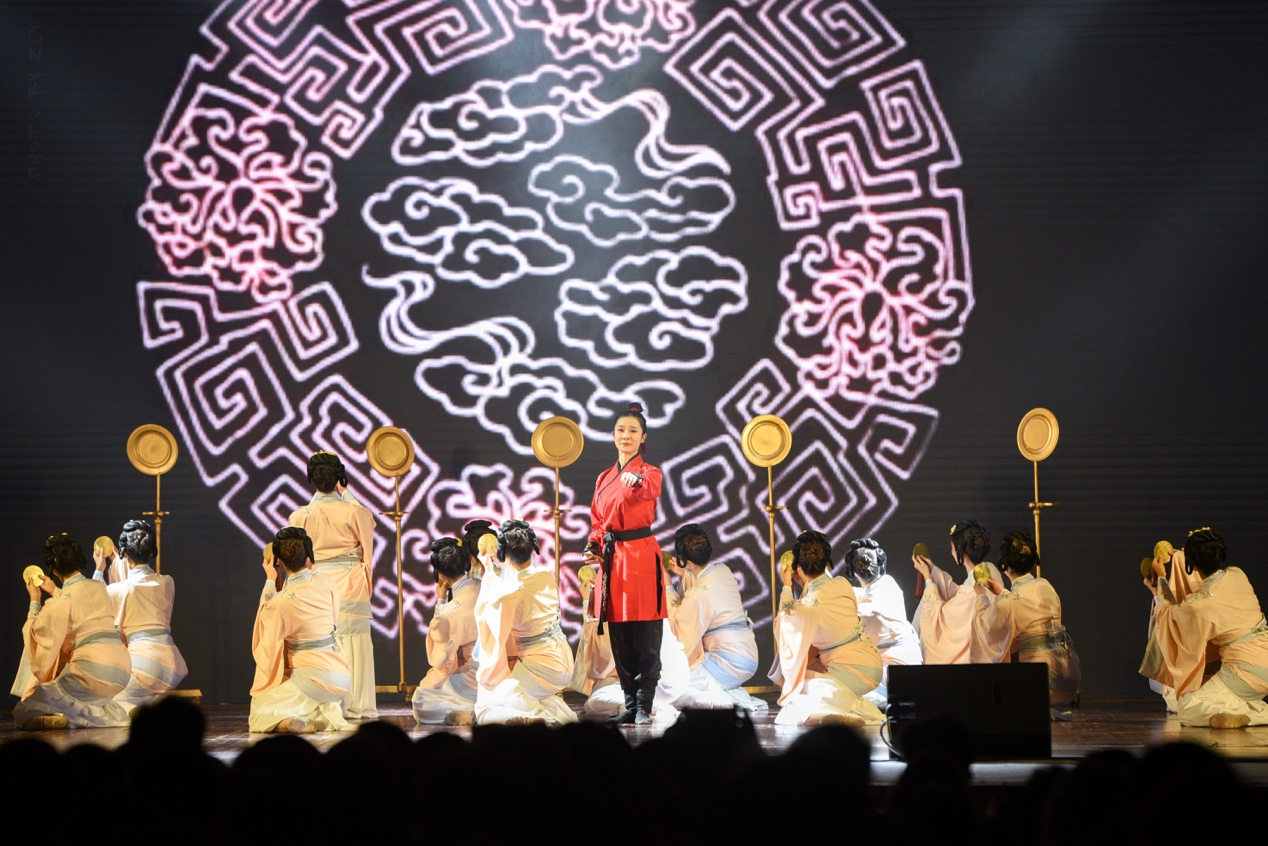
Lady General Hua Mulan
By the School of Foreign Languages and Literature
Hua Mulan is an ancient Chinese heroine who joined army disguising herself as a man to replace her father. Lady General Hua Mulan depicted another side of Mulan who suffered from homesick when becoming a soldier and her wish to be a simple girl who could do make up and dressed herself every day.
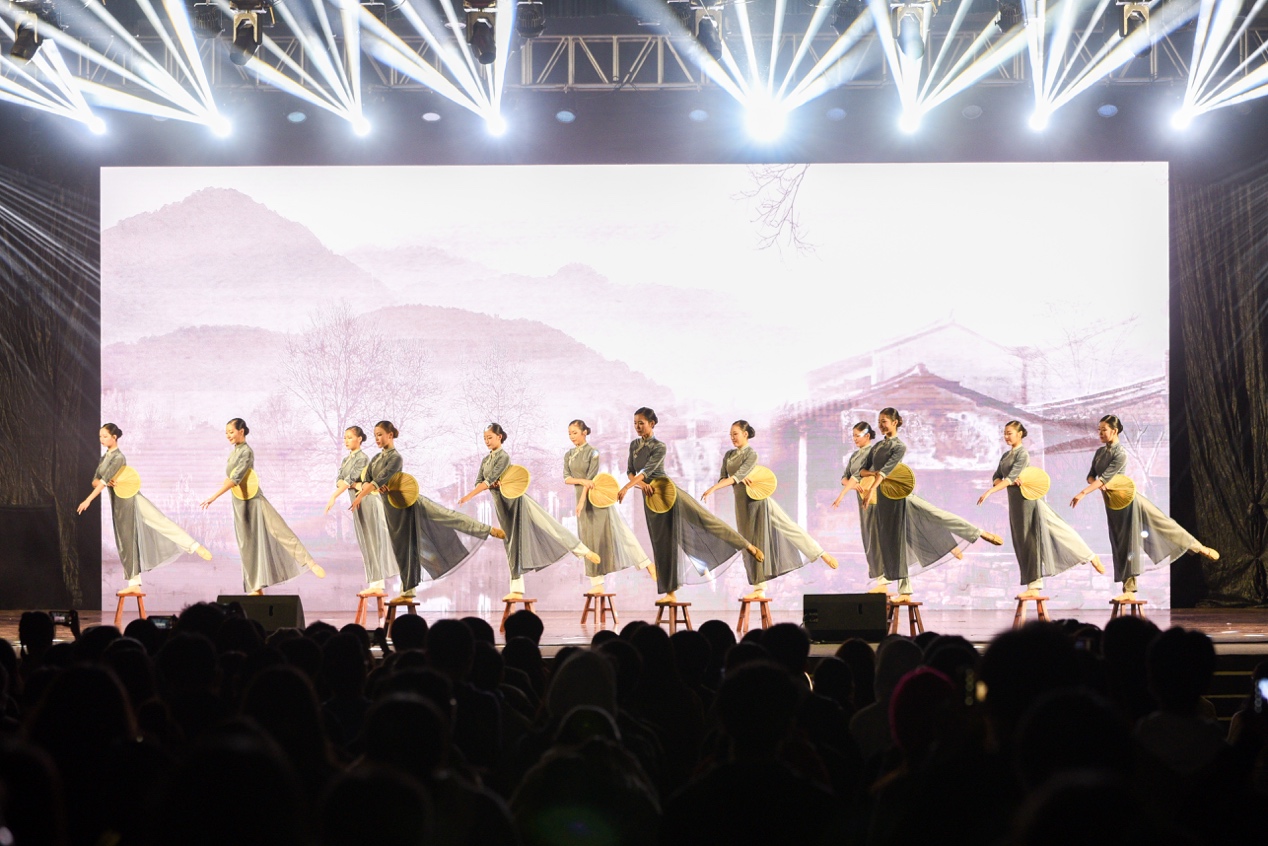
Song of the Fishermen
By Department of Arts
The work originated from the movie Song of the Fishermen which was crowned as China’s first movie to have won international honor. The dance depicts ups and downs of ordinary people in the 1930s when the prospect of war hung over China. It is a reminder for people to cherish their life today.
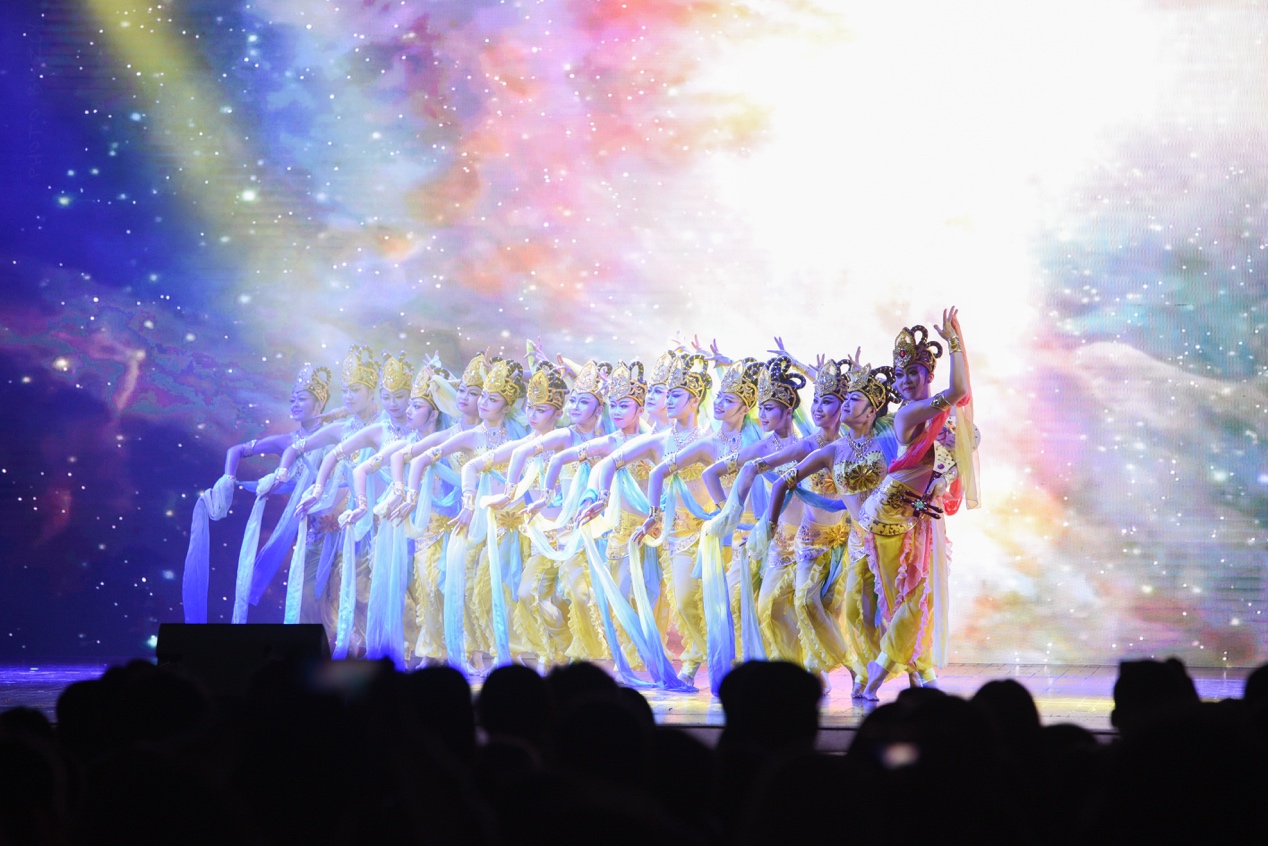
Voice from the Silk Road
By School of Economics and Management
Dancers are dressed up as goddess with Pipa (a traditional Chinese musical instrument) in the clothes with the wall painting of Mo Kao Grotto at Dunhuang, which take us back to two thousand years ago when the Silk Road boosted China’s trade with the Middle East countries.
It has been 32 years since WHU initiated its Golden Autumn Art Festival in 1987. Dance, debate, costume and chorus competitions are included. As one of the grandest annual campus events, the annual art festival exhibits the vital artistic strength of the university.
Photo by Zhan Chaoyue
Edited by Zhou Siyan, Geng Jinwei & Hu Sijia